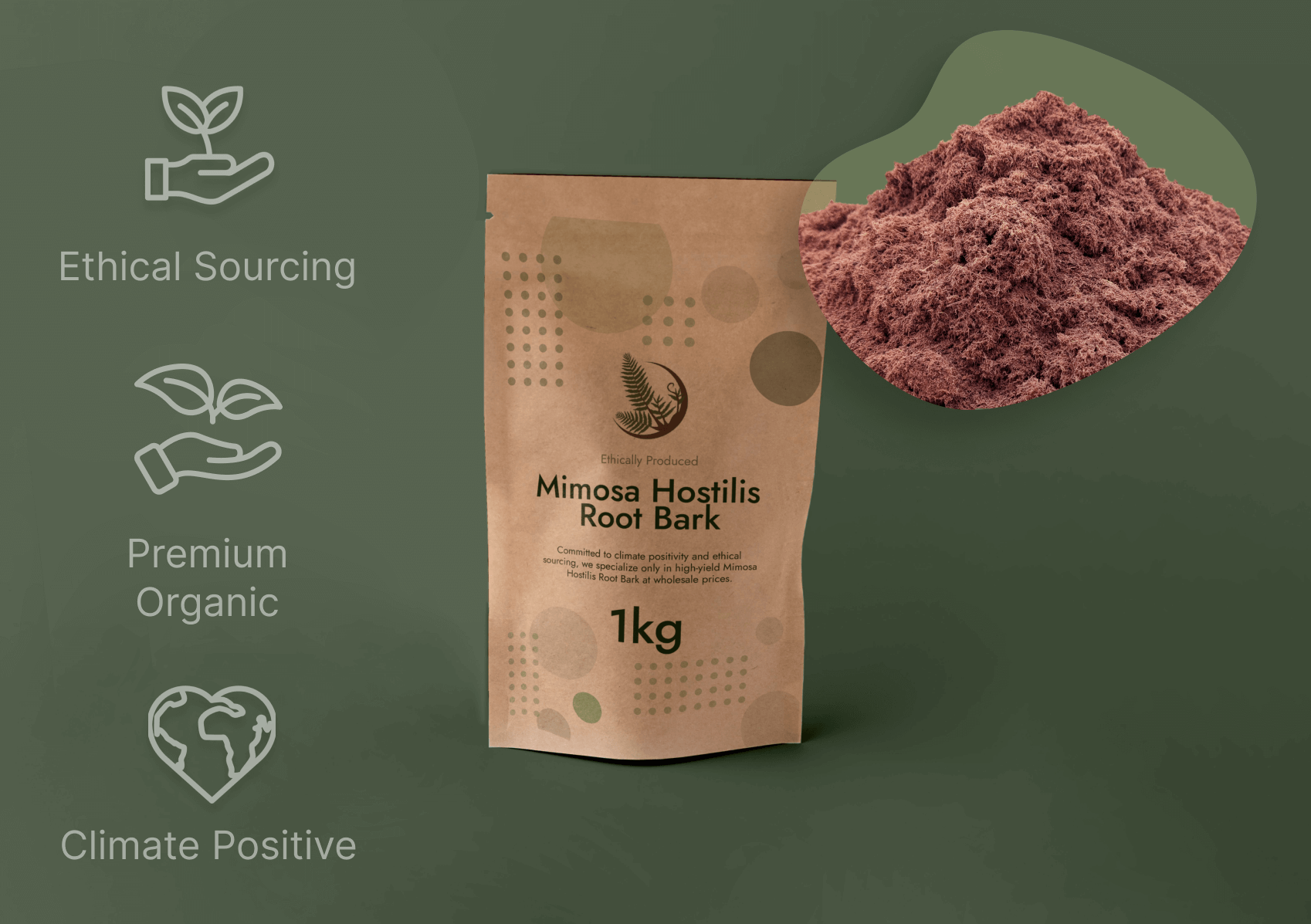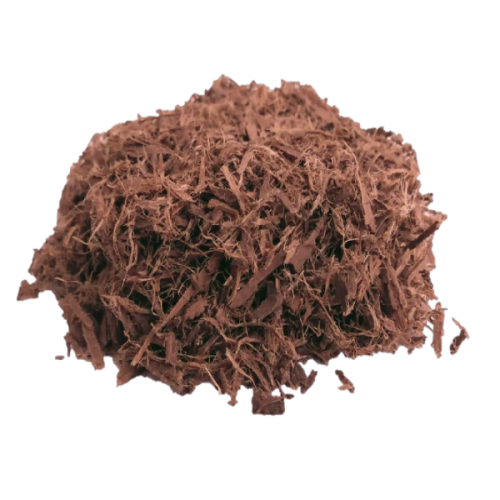Mimosa Hostilis Root Bark: A Information to Origins and Utilizes
Wiki Article

Mimosa Hostilis Root Bark retains a major area in standard methods and contemporary botanical apps. This short article explores the qualities, origins, and customary inquiries bordering this impressive plant materials, with a particular concentrate on the prized Brazillian Mimosa Hostilis Root Barks.
What is Mimosa Hostilis Root Bark?
Mimosa Hostilis, scientifically known as Mimosa tenuiflora, is a perennial tree native to your northeastern location of Brazil and elements of Mexico. The basis bark of this tree has been made use of for centuries by indigenous communities for different realistic and classic uses. The interior root bark contains notable concentrations of tannins, alkaloids, and also other phytochemicals that add to its distinctive Qualities and purposes.
The tree by itself is remarkably resilient, able to surviving in weak soils and drought problems. This hardiness contributes into the robust character on the bark and its chemical profile. When harvested sustainably, the outer root bark is very carefully separated to accessibility the valuable inner bark, which can be then dried and well prepared for use.
Brazilian Mimosa Hostilis Root Bark: The Gold Conventional
When speaking about quality in Mimosa Hostilis products and solutions, the Brazillian Mimosa Hostilis Root Barks are commonly viewed as excellent in the botanical marketplace. Numerous aspects contribute to this standing:
Exceptional Expanding Conditions
The particular soil composition, local weather, and ecosystem of Brazil's northeastern location develop best ailments for Mimosa tenuiflora to create its total chemical opportunity. The mineral-loaded soils and individual pattern of rainfall and sunlight During this location look to reinforce the concentration of Energetic compounds in the basis bark.Classic Harvesting Awareness
In areas where by Mimosa Hostilis has been utilised customarily, harvesters have developed refined techniques for sustainable harvesting that preserves both the tree and the potency on the bark. This know-how, handed down via generations, makes sure that the bark is collected at the proper time of 12 months and processed making use of tactics that sustain its integrity.Exclusive Physical Traits
Brazilian Mimosa Hostilis Root Bark usually shows a loaded reddish-brown to purple internal bark using a fibrous, dense texture. The Visible traits typically serve as an Original indicator of high quality, with skilled buyers recognizing the distinct visual appeal of bark from this location.
Typical Purposes and Takes advantage of
The applications of Mimosa Hostilis Root Bark span each standard and modern contexts, while It is important to comprehend the authorized status of such employs varies by country and jurisdiction.
Common Craft and Practice
Indigenous communities have historically utilised Mimosa Hostilis Root Bark for creating purely natural dyes for textiles, Together with the bark producing stunning shades of purple, burgundy, and deep brown. The tannin-abundant properties also built it important for leather-based tanning along with other sensible apps.Present day Botanical Research
Up to date fascination in Mimosa Hostilis Root Bark extends to numerous fields of botanical analysis, specially learning its chemical composition and prospective purposes. Scientists have determined numerous fascinating compounds in the bark that warrant more scientific investigation.Horticultural and Agricultural Makes use of
In permaculture and sustainable agriculture, Mimosa tenuiflora is valued to be a nitrogen-repairing species which can enhance soil top quality. The bark alone, when processed, can be used Premium Mimosa Hostilis being a all-natural mulch or soil Modification in specified agricultural contexts.Good quality Assessment and Identification

For anyone dealing with Mimosa Hostilis Root Bark, understanding the way to evaluate good quality is critical. Substantial-top quality materials, specially reliable Brazillian Mimosa Hostilis Root Barks, usually reveals sure properties:
The visual appearance should really clearly show a transparent difference among the outer and internal bark, With all the internal bark exhibiting deep, vivid hues. The material ought to have a characteristic earthy, slightly sweet aroma, totally free from musty or moldy notes. When processed, the bark really should generate a good powder whilst maintaining its fibrous framework till grinding. Correctly dried bark need to be brittle although not dusty, indicating accurate moisture information.
Commonly Requested Queries (FAQs)
1. What's the distinction between Mimosa Hostilis Root Bark from Brazil and also other locations?
Brazilian Mimosa Hostilis Root Bark is generally viewed as remarkable as a result of ideal growing situations in northeastern Brazil, which lead to bigger concentrations of Energetic compounds. The traditional harvesting approaches made use of During this location also contribute to the general high quality and potency of the final item.two. How must I shop Mimosa Hostilis Root Bark to keep up its high quality?
Retail store the bark in the amazing, dark, and dry place within an airtight container. Safety from light, humidity, and Extraordinary temperature fluctuations can help preserve the bark's chemical integrity and stop degradation of its Energetic elements.three. Is Mimosa Hostilis an endangered species?
No, Mimosa tenuiflora just isn't now mentioned as an endangered species. In fact, It is really known for its resilient advancement and ability to prosper in challenging circumstances. However, liable harvesting practices are still vital to make sure the sustainability of wild populations.four. Am i able to improve Mimosa Hostilis outside of its native habitat?
Although Mimosa tenuiflora thrives finest in its native tropical weather, it could be cultivated in very similar environments. The tree necessitates nicely-drained soil, a lot of sunlight, and safety from frost. Even so, the chemical profile of cultivated specimens may vary from wild-harvested Brazilian material.five. What is the legal position of Mimosa Hostilis Root Bark?
The lawful status differs considerably by nation and jurisdiction. In a few locations, the raw bark is legal to have, while in others, distinct extracts or preparations can be controlled. Generally investigate and comply with local legislation and polices right before acquiring or applying any botanical material.Being familiar with Mimosa Hostilis Root Bark, especially the premium Brazillian Mimosa Hostilis Root Barks, involves appreciation of its botanical attributes, standard context, and ideal applications. Whether for investigation, craftsmanship, or botanical research, this impressive plant product carries on to generally be a subject of interest throughout several fields, while normally in correct lawful and ethical boundaries. Report this wiki page